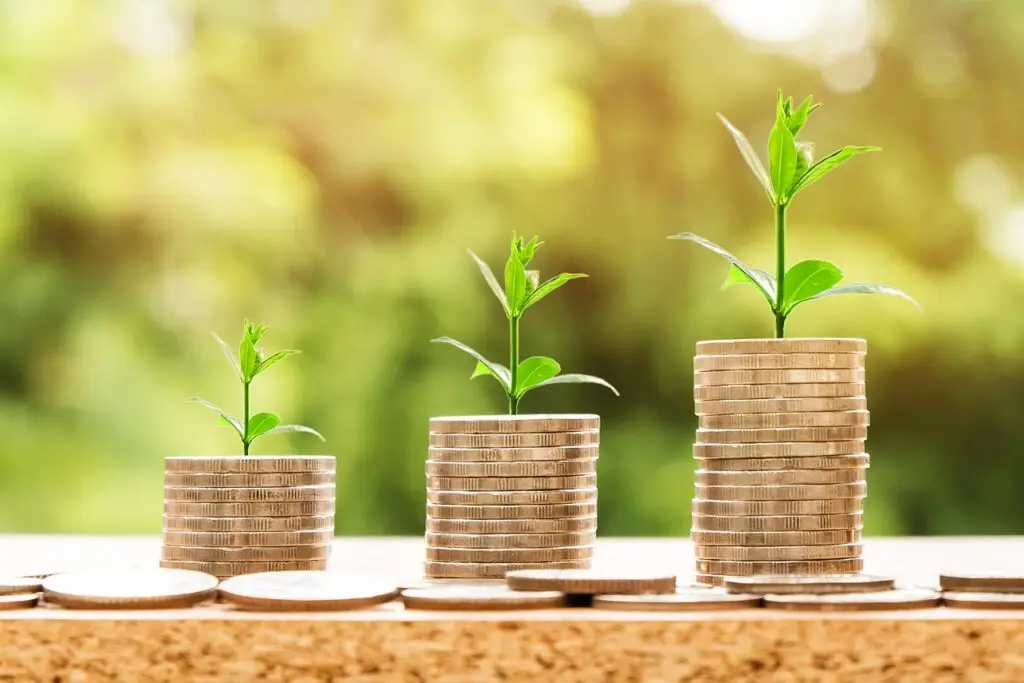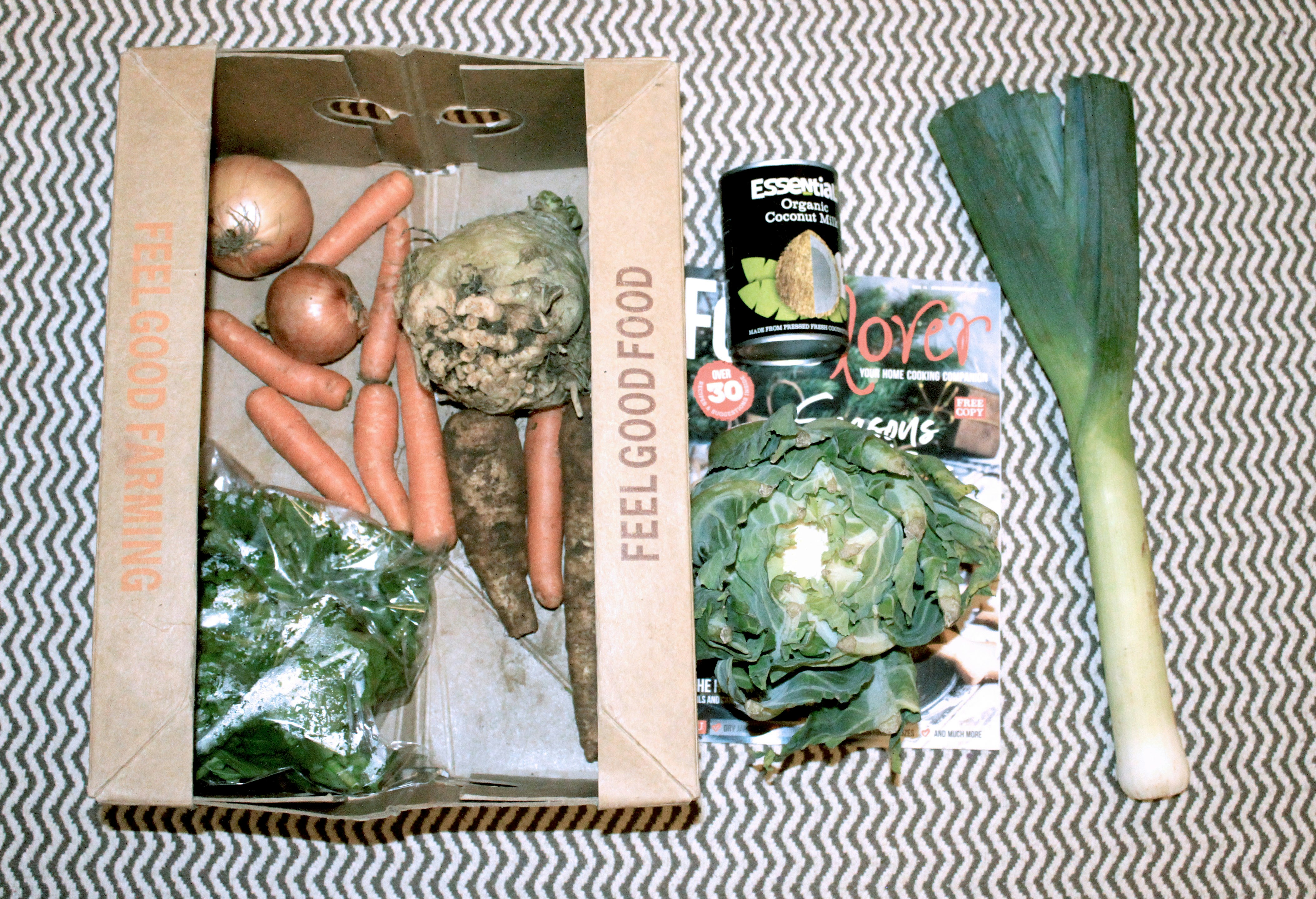Introduction: Defining Sustainability in the 21st Century
Sustainability is a development model that seeks to balance economic growth, social well-being, and environmental preservation. Its implementation is crucial to ensure intergenerational equity and the responsible use of natural resources.
This approach is based on the Triple Bottom Line (TBL), which requires organisations to integrate these three pillars to achieve truly sustainable development. Currently, the transition towards a sustainable economy is articulated through three complementary models: Circular Economy, Green Economy, and Blue Economy, which create new entrepreneurial opportunities ONU, 2015.
1. Key Foundations of a Sustainable Economy
Economic Sustainability
Focuses on creating value without compromising future resources. This includes:
- Investment in clean technologies.
- Reducing reliance on fossil fuels.
- Diversification into sustainable sectors MITECO, 2023.
Social Sustainability
Promotes equity and inclusion, ensuring access to opportunities, quality education, and decent work. It is key to reducing gender gaps and promoting social justice ONU, 2015.
Environmental Sustainability
Minimises negative impacts on biodiversity and ecosystems through:
- Conservation of natural resources.
- Use of renewable energy.
- Reduction of pollution and emissions Climate Action Tracker.
2. Pillars for Responsible Development
To implement a sustainable economy, practical actions must be followed:
- Efficient use of natural resources: Optimise energy and materials, reduce waste, and prioritise sustainable sources through the Circular Economy.
- Promotion of sustainable innovation: Develop technologies and digital solutions to optimise resource use. Example: Sheedoplantable ecological paper created by Gala Freixa.
- Promotion of social equity: Ensure inclusion and reduce gender gaps in access to opportunities and resources.
3. The Three Models of Sustainable Growth: Circular, Green, and Blue
Circular Economy: Closing the Lifecycle
Aims to extend the life of products through reuse, repair, recycling, and eco-design.
Examples:
- IKEA: recyclable furniture.
- ReMAD Project (Madrid): reusing objects at recycling points.
- Infinite Athletic (Catalonia): sports t-shirts made from recycled tennis strings ReMAD, 2023.
Green Economy: Well-being and Social Equity
Focuses on improving human well-being and social equity, while significantly reducing environmental risks and promoting resource efficiency.
Examples:
- Reforestation in Costa Rica and ecotourism FAO, 2022.
- MOVES III Programme in Spain: incentives for electric mobility IDAE, 2023.
Blue Economy: Unlocking Aquatic Ecosystems
Promotes the sustainable use of oceans, seas, and aquatic ecosystems, following natural principles of efficiency Gunter Pauli, 2010.
Key Activities:
- Sustainable and artisanal fishing.
- Renewable marine energy.
- Marine biotechnology.
Example of female entrepreneurship:
- Fisherwomen in projects like Sisargasfostering cooperation and generational renewal MITECO, 2023.
4. Synergies and an Integrated Approach
- The The Circular Economy manages waste efficiently and prevents pollution.
- The The Green Economy conserves terrestrial ecosystems that ensure water quality, benefiting the Blue Economy.
- Combined benefits: Companies like The Ocean Cleanup collect ocean plastics (Blue Economy) and transform them into recycled products (Circular Economy), reducing emissions (Green Economy).
5. Global Regulatory Framework and Agenda 2030
The sustainable economy aligns with the 2030 Agenda and the Sustainable Development Goals (SDGs):
- ODS 7: Affordable and clean energy.
- ODS 8: Decent work and economic growth.
- ODS 12: Responsible consumption and production.
- ODS 13: Climate action.
Key regulations:
- Paris Agreement (2015)limit the increase in global average temperature to well below 2 °C above pre-industrial levels
- European Green Deal (2019)the first climate-neutral continent by 2050
6. Conclusion: Female Entrepreneurship and Resilience
Integrating circular, green, and blue models strengthens business competitiveness and positive impact. Female entrepreneurs play a crucial role in transitioning to a sustainable future, driving creative solutions focused on environmental and social impact.From the blue economy to the circular economy, their leadership ensures equitable resource management and greater economic resilience FAO, 2022.
References
- FAO – Organización de las Naciones Unidas para la Alimentación y la Agricultura
- ONU – Objetivos de Desarrollo Sostenible (Agenda 2030)
- Climate Action Tracker
- Acuerdo de París, UNFCCC
- Pacto Verde Europeo
- MITECO – Ministerio para la Transición Ecológica
- IDAE – Instituto para la Diversificación y Ahorro de la Energía
- Sheedo
- The Ocean Cleanup
- ReMAD Madrid
- Gunter Pauli – Blue Economy



